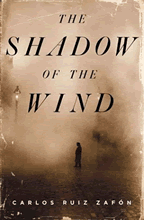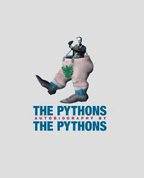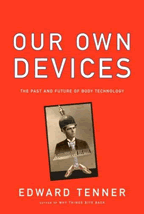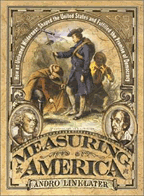When electric light was a scary idea
 Monday, August 16, 2004
Monday, August 16, 2004 A book explores why people took decades to plug into having current in their homes
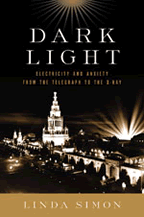
Dark Light
Electricity and Anxiety From the Telegraph to the X-RayBy Linda Simon
Harcourt 368 pp. $25
Reviewed by Richard Di Dio
Philadelphia Inquirer - Monday August 16, 2004
Snap, crackle, zzzzzap! Electric power lines hum with menace after a heavy storm, sparking a foresty fragrance of ozone incongruous with the raw danger of high voltage. You rush inside to the security of your home.
But what if it's scarier inside? Not because it's dark, but because there is light?
Linda Simon's Dark Light: Electricity and Anxiety From the Telegraph to the X-Ray is a unique analysis of that time when homes were first illuminated with incandescent light. An era of rapid technological innovation amid media predictions of the utopian benefits of electrification, it was also a time when the average citizen was more comfortable having electrodes attached to private body parts than turning on a lightbulb.

